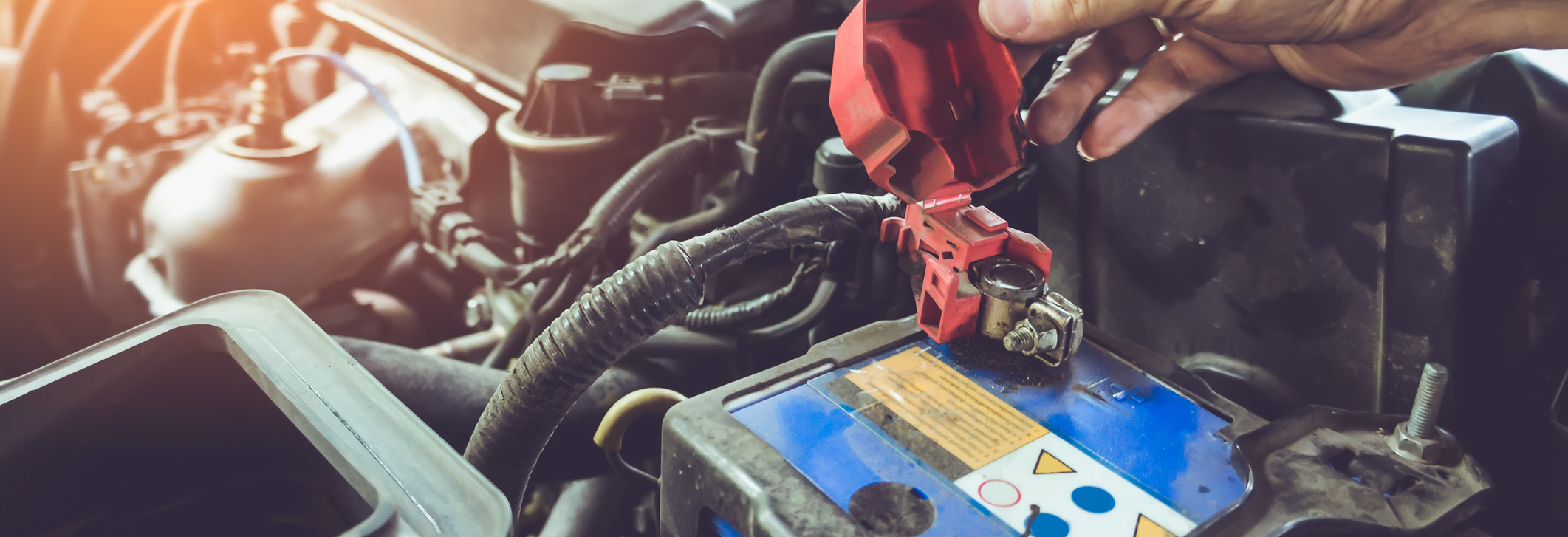
Every time you activate the headlights or turn on the music in your Honda Civic, you rely on the power from your vehicle’s battery. Like many other components, these parts cannot function forever. So, they must be inspected, tested, and ultimately replaced every three to five years. Let us at Atamian Honda show you how these processes work for those who use our Service Department.
The Role of the Battery in Your Car
As we mentioned above, your car battery is responsible for turning on the headlights and keeping the tunes playing in your car while you drive around Andover. However, that is not the most important duty of this component. When you press or turn the ignition in your Honda Ridgeline, the battery sends the power to the starting motor which activates your car. Without the right amount of available energy, your car will not start. All of your information and entertainment screens operate off this same power source, and so do your windshield wipers. When this part begins to fail, you will notice that your engine will struggle to turn over or the lights could be dimmer as the battery cannot provide enough electricity for them to run. When that happens, you need to have that part evaluated.
Battery Inspection Process
After your battery begins showing signs of failure, it’s crucial to get it a full examination so you aren’t stranded after your hike at Jenkins Quarry Reservation. When you arrive at our location, our technicians will begin the battery inspection process. During this phase, they will perform a physical examination of the component. In some cases, debris or corrosion could cause a lapse in the supply of energy to your Honda HR-V. During your service appointment, our team will also examine the connections between the component and your vehicle, including the battery terminals and the cables that link the battery to your car. If that does not yield the proper results, then our team will move on to the next phase of the examination.
Battery Testing Process
Oftentimes, the cause of your car not having enough energy to shine your lights as brightly as you need them on I-93 stems from a diminished ability to store energy. Our team will begin by using a multimeter to test the amount of power in three different states. When your Honda is not active, the tool should detect about 12.2 to 12.6 volts. If the resting rate is below that, then the battery must be recharged or entirely replaced. Next, our techs can check the component’s voltage when the car is starting up, at which point it should not drop below 10 volts. Finally, we’ll measure the operating voltage, which should be 14 volts or over. If we’ve determined that your battery has reached the end of its service period, then we suggest that you pay a visit to our Parts Department. You can select a battery that is right for your Honda model and purchase it. If you’d like, our service team can even install it for you.
How Long Does a Car Battery Last?
The average car battery only lasts between three and five years.


